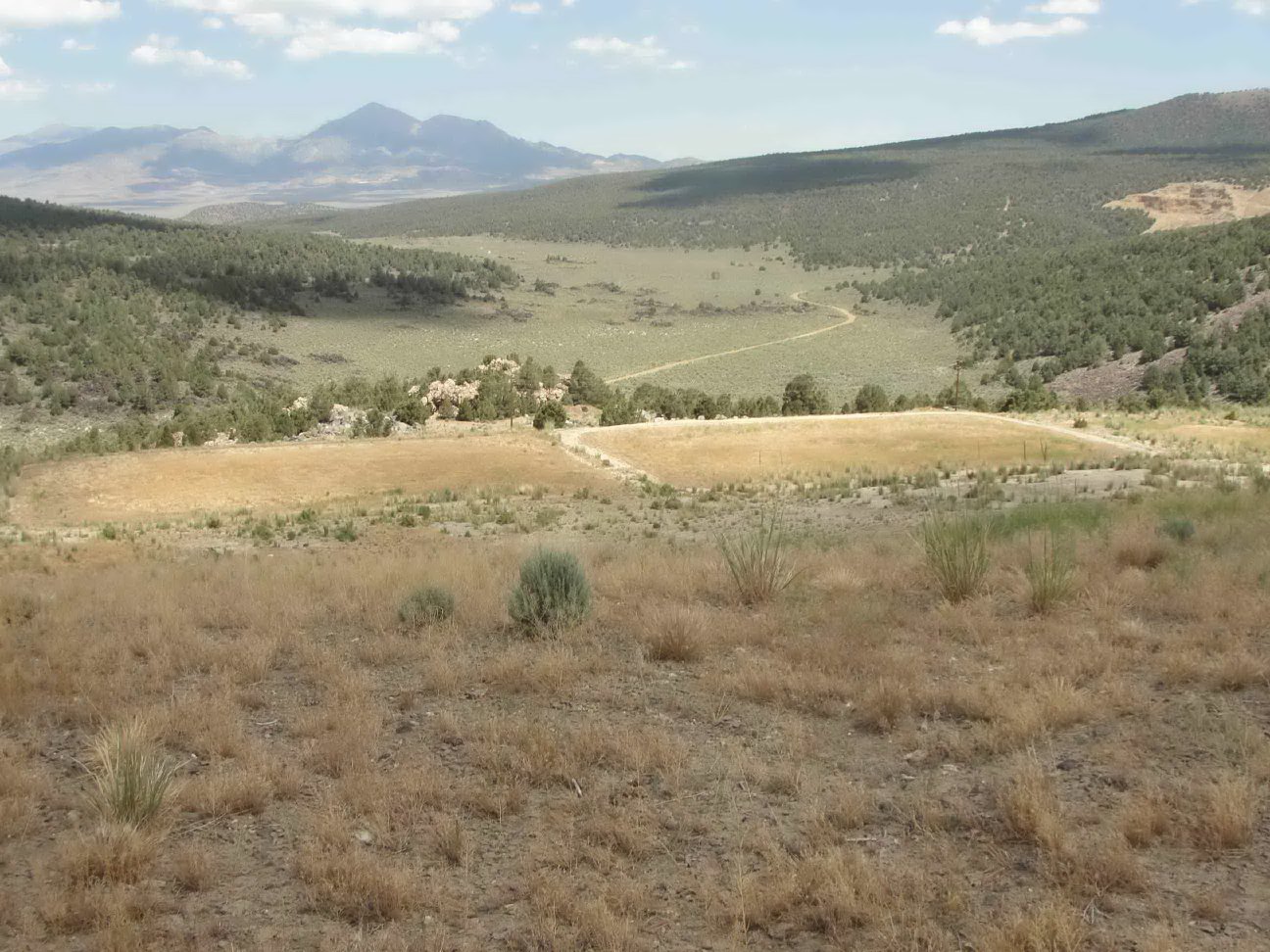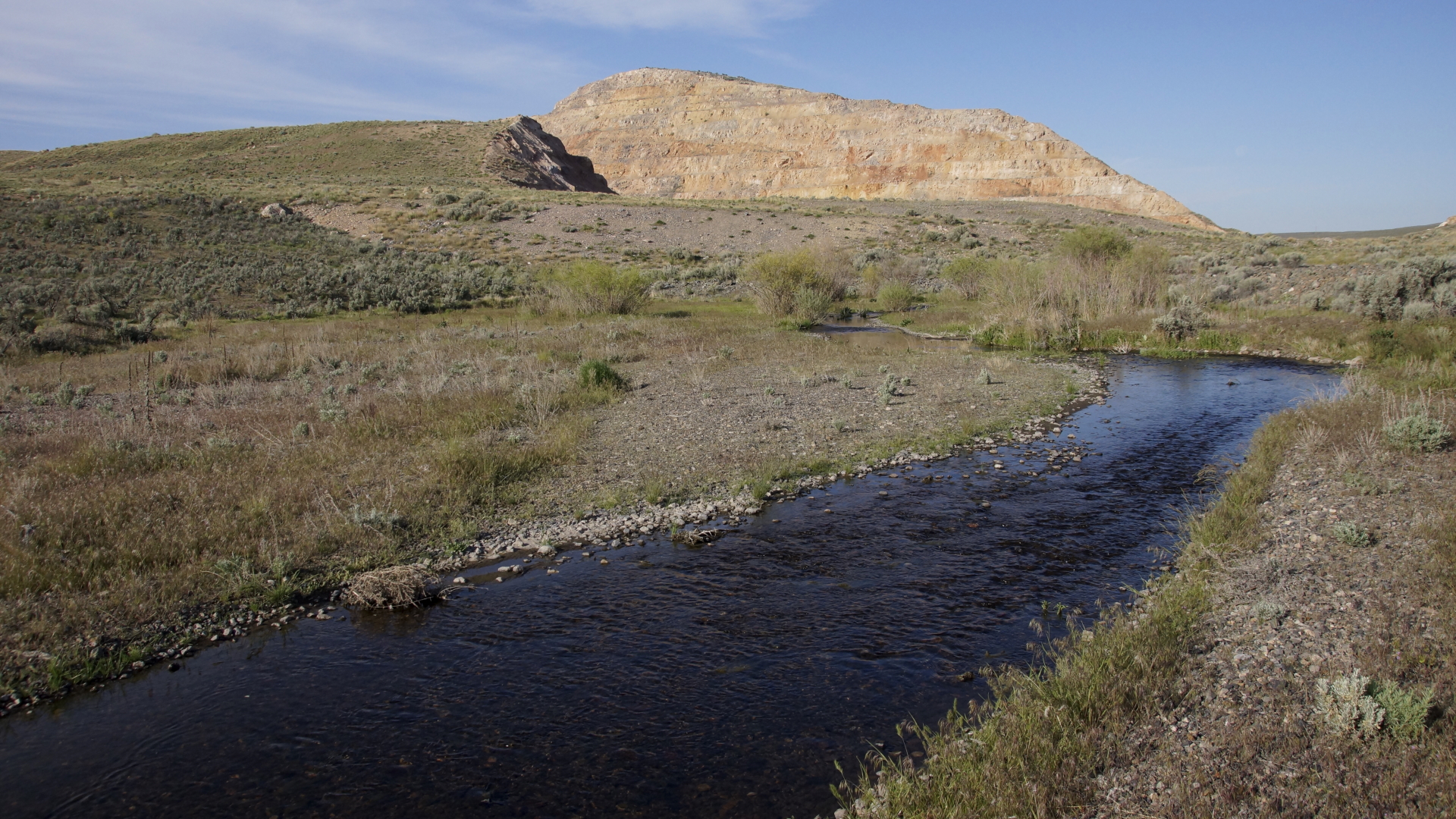Closure Branch
The Closure Branch regulates mining in Nevada under the authority of the Nevada Revised Statutes (NRS) 445A.300 – 445A.730, and the Nevada Administrative Code (NAC) 445A.350 – 445A.447. These regulations apply to all mining operations within the State of Nevada, regardless of land ownership, except for certain hobby-level facilities and those facilities that are exempted pursuant to NAC 445A.387. Exempted facilities include those involved solely in the mining and/or processing of sand and gravel, cinders, diatomaceous earth, slate, shale, gypsum, clay, or crushed stone.


Water Pollution Control Permits, as issued, renewed, or subsequently modified, must remain in effect throughout the life of the mine until permanent closure and post-closure monitoring are completed and approved by the Bureau. Closure-related activities (e.g., permitting, construction, and monitoring) are reviewed and approved by the Closure Branch. Branch staff evaluate chemical data, plans, and studies to confirm the stabilization of applicable mine components (sources) so that waters of the State are protected.
The closure and stabilization requirements pertain to process and non-process components (sources), such as mill components, heap leach pads, tailings impoundments, pits, pit lakes, waste rock dumps, ore stockpiles, fueling facilities, and any other associated mine components that, if not properly managed during operation and closure, could potentially lead to the degradation of waters of the State. A mining facility operator/permittee must submit a Tentative Plan for Permanent Closure (see Guidance, Policies) as part of any application for a new Water Pollution Control Permit or modification of an existing Permit.
A Final Plan for Permanent Closure (see Guidance, Policies) must be submitted to the Bureau two years prior to the anticipated closure of a mine site or any component (source) thereof. This plan must provide closure goals and a detailed methodology of activities necessary to achieve chemical stabilization of all known and potential contaminants at the site or component, as applicable. The Final Plan for Permanent Closure must include a detailed description of proposed monitoring that will be conducted to demonstrate how the closure goals will be met.
Following the completion of all closure-related activities, a Final Closure Report (see Guidance, Policies) must be submitted to the Bureau summarizing all completed activities. This document must contain all information necessary for the operator to demonstrate to the Bureau that the completed closure activities, per process and non-process component, will ensure that waters of the State will not be degraded. The report must include a proposal for post-closure monitoring for a period of 5 to 30 years to provide additional supporting data that stabilization has truly been achieved. If it is discovered during post-closure monitoring that a component is not stabilized, additional permanent closure actions will be required before a new post-closure monitoring period may begin.
The Request for Final Closure (see Guidance, Policies) is made following the successful completion of the post-closure monitoring period. The request must contain all post-closure monitoring information and clearly demonstrate stabilization. Upon adequate demonstration of stabilization, the Bureau would consider the mine facility to be permanently closed. The Bureau would then retire the Water Pollution Control Permit and eliminate all NAC 445A fee requirements.
